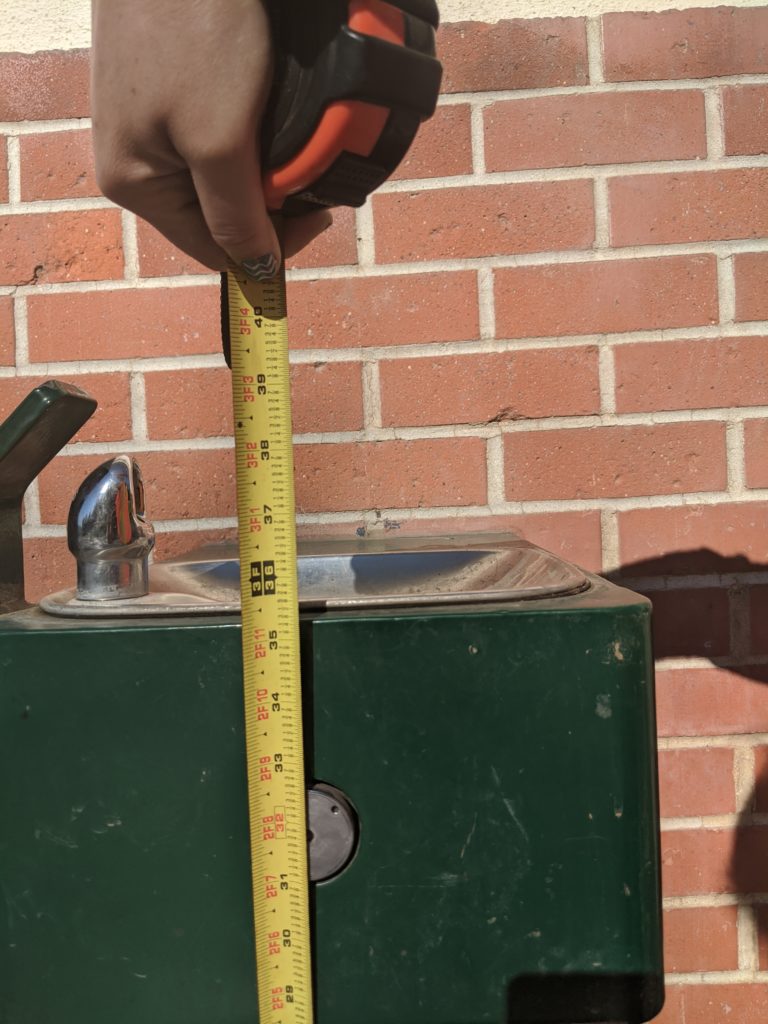The tasks of a Project Architect may vary day by day; it involves collaborating with clients, subconsultants, contractors, and colleagues on multiple projects. Each day, they are faced with addressing projects in different phases through creative thinking, planning and problem solving. Today we caught up with our newest Architect at Nacht & Lewis, Elizabeth Hawks McBride, AIA, NCARB, to share her tasks as a Project Architect:
- Working with clients to understand their objectives and needs on the project.
- Attending regular site visits to review the progress of the facility throughout the entire duration of the project. Meanwhile, inspecting architectural details, finishes and assess any problems that might occur in the construction phase. Often times taking photos of the site to share and review with the project team.
- Attending Architect/Owner/Contractor (AOC) meetings to discuss how a project is moving and resolve any issues that may occur. Renderings are shown to the Owner at these meetings in order to get a better visualization of the project.

- Reviewing the building code to ensure the project is current in fire, safety and accessibility standards.

- Inspecting buildings to review the existing conditions of the facility and examining if the building is suitable for renovation.
- Contacting engineers regarding the structural aspects of the building.
- Drawing construction documents in CAD or Revit with a high level of detail through multiple phases of the project.
- Working with material suppliers and interior designers to choose materials, colors and finishes for interior and exterior spaces.
- Coordinating construction drawings with consultants through meetings. This process ensures that as the project develops, integration of the consultants’ specialty from structural, mechanical, electrical to plumbing systems flows with the design. These meetings are crucial in identifying occasions where the architect’s design conflicts with the consultants’ logistics. Recognizing inconsistencies early on will save valuable time and efforts for all parties involved. Meetings allow for effective communication between the architect and the consultants during this process. Although most of my meetings are now virtual, technological resources allow for an equally effective meeting as one in-person.
- Preparing documents for the Division of the State Architect (DSA) submittals or reviews. At the DSA office, the team will discuss with the reviewer what needs to be corrected to finalize the construction drawing set.

- Meeting with office committees to determine how we can utilize technology, create and share office standards, and update to new technology. These internal committee meetings ensure we are always improving the way we work and provide the best results for our clients.
- Answering contractors’ requests for information (RFI) and reviewing submittals during construction. It is our job as architects to review the building and confirm that installations are following the design intent.
- Attending ribbon cutting ceremony for the celebration of project completion.















